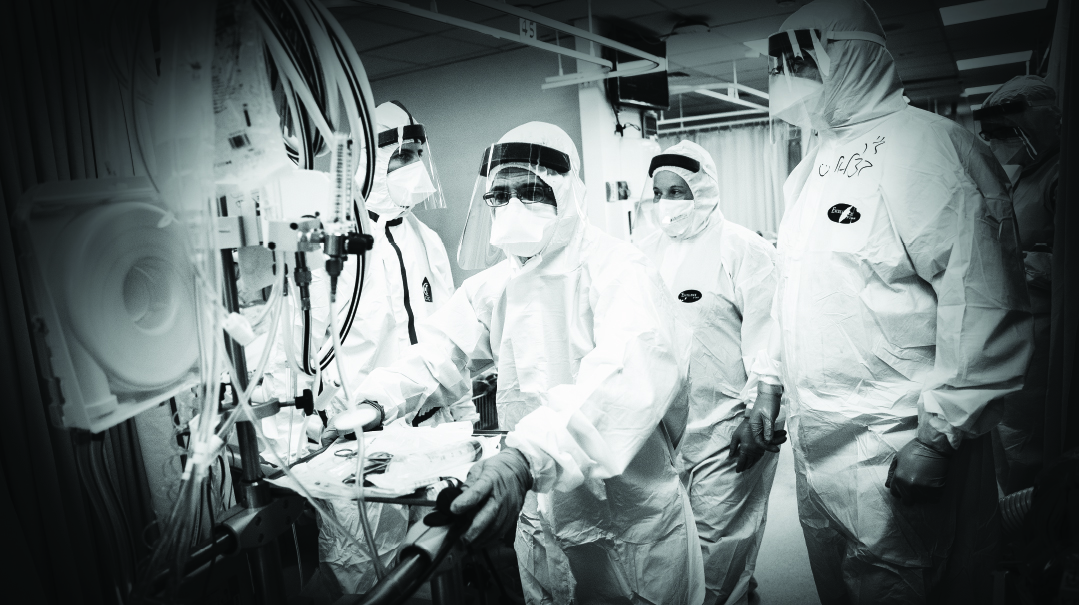Israel’s Corona Third Wave swells to Tsunami

In a country used to conflict, the mounting pressure on medical facilities has some doctors warning of even worse to come

Tragic scenes of young and old suffering, hospitals swamped and medical staff strained to the breaking point by a coronavirus mutation that came from nowhere.
This could be Italy, New York, or London in March 2020, as the COVID tsunami broke across the developed world. But those scenes are actually the reality now in Jerusalem and Bnei Brak, as Israel grapples with its strongest wave yet of the disease. The country shut down so quickly in the first wave last year that it emerged with less than a hundred fatalities; the second wave saw nearly 1,500 deaths by the end of October, a figure still overshadowed by staggering losses elsewhere in the world.
But now, after ten exhausting months of endless lockdowns, economic and social chaos and increasingly restive streets, COVID-19 has hit the country with the same force it hit Western Europe and the US. Last month, 1,300 people died of the virus — nearly half the military deaths of the Yom Kippur War. Nowhere is that crisis more evident than on the front lines of the corona battle, inside Israel’s hospitals.
“We’re at the height of the third wave of COVID-19, which is dwarfing the first two waves,” says Dr. Relli Alon, deputy director of nursing care at Jerusalem’s Hadassah Ein Kerem Medical Center. “There are more cases, more serious cases, more young cases, and more cases among young pregnant women, who can reach critical condition. They have to be separated from their husbands, their children, and even the baby they give birth to, and it’s painful to watch. And a clear majority of those hospitalized in the corona ward are chareidi.”
And in a country used to conflict, the mounting pressure on medical facilities has some doctors warning of even worse to come.
“The overflowing hospitals are reminding me of Italy, but we don't choose who we treat,” says Professor Eliyahu Sorkin, head of the corona ward and ICU of Mayanei Hayeshuah Medical Center in Bnei Brak. “This is a war.”
Oops! We could not locate your form.













